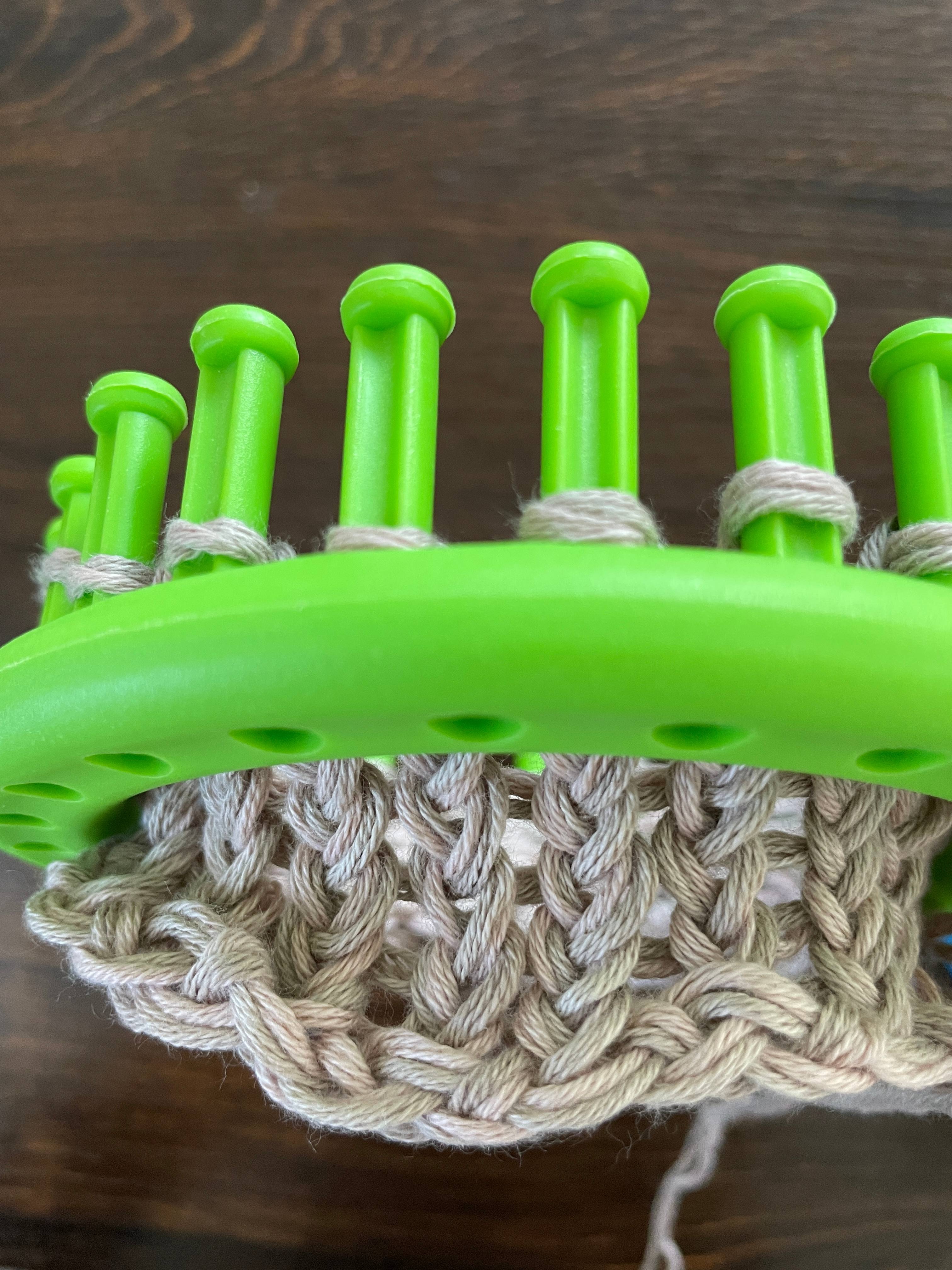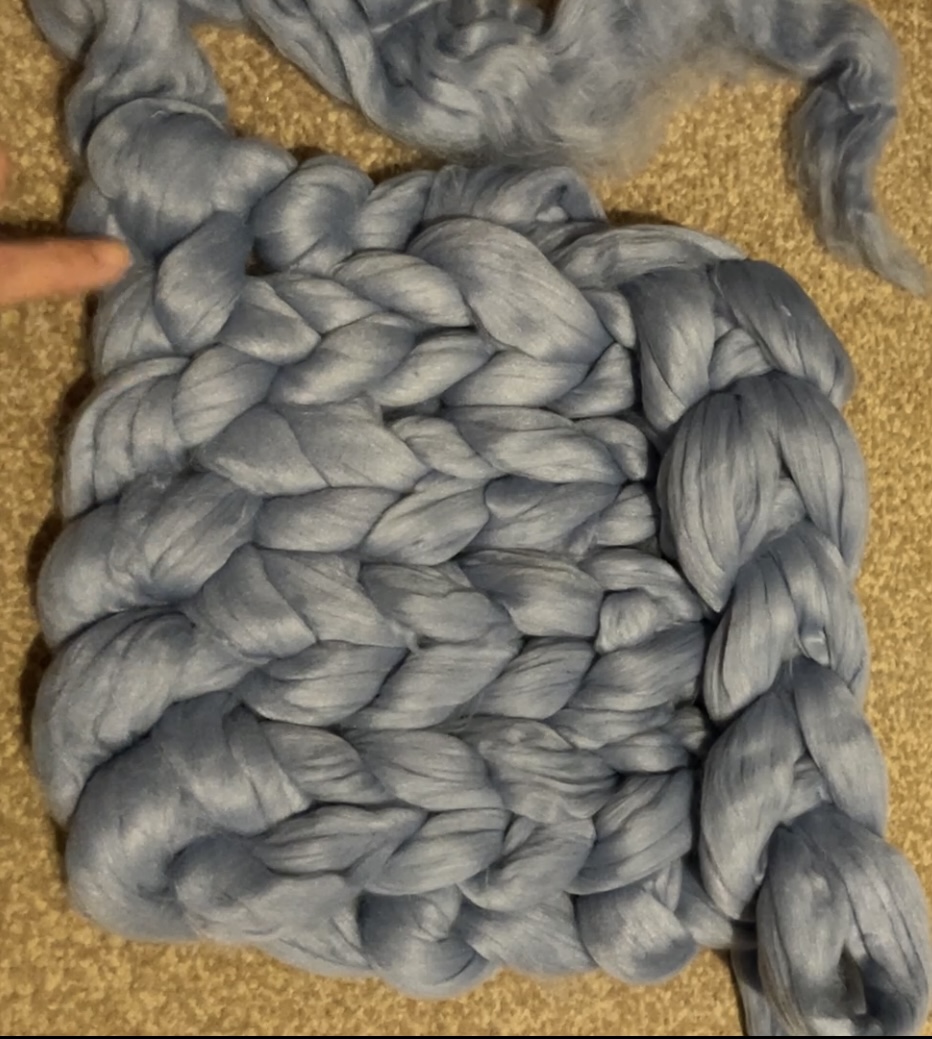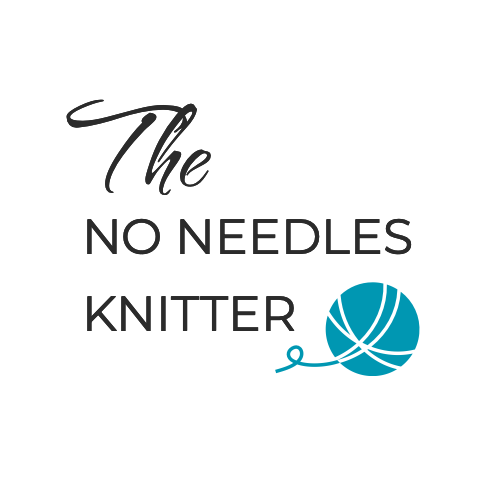Why No Needles Knitting is a Perfect Craft for Kids (With Age-Appropriate Techniques)
Sometimes kids need an easy to do hobby, one that they can manage on their own, or with a little help from an adult. When it comes to introducing children to creative hobbies, no needles knitting offers a fantastic blend of fun, skill-building, and relaxation. Not only does it allow kids to craft beautiful and functional items, but it’s also an ideal way for them to learn fine motor skills, patience, and self-expression—all without the complexity of traditional knitting needles.
Let’s dive into why no needles knitting is such a great fit for kids and explore the best techniques for different age groups.
The Benefits of No Needles Knitting for Kids
Develops Fine Motor Skills
Techniques like finger knitting and loom knitting require kids to move their fingers and hands in precise ways, helping them develop fine motor skills.
Boosts Creativity
No needles knitting provides endless possibilities, from making scarves and headbands to creating intricate braided accessories.
Promotes Focus and Patience
Working through the steps of these projects helps children focus on the present moment and learn to patiently follow steps to reach a satisfying result.
Increases Confidence
Completing a project gives kids a strong sense of accomplishment and boosts their confidence in their abilities.
Safe and Easy for All Ages
Without the need for sharp needles, kids can learn, play, and create in a safe, beginner-friendly environment.
Age-Appropriate No Needles Knitting Techniques
No-needles knitting techniques are as diverse as the projects they can create. Here’s a guide to the best techniques for different age groups, with tips on project ideas and why each method works well for that age.
Ages 4-6: Finger Knitting
Finger knitting is ideal for young kids because it only requires their fingers and a length of yarn. It’s intuitive, easy to learn, and doesn’t involve any sharp tools.
Youngsters can make simple bracelets, necklaces, or short cords that they can use for decorating or pretend play.
Finger knitting helps children practice coordination and introduces them to the concept of looping yarn without overwhelming instructions. The process is soothing, and kids can see progress quickly, keeping them engaged.
Ages 6-8: Spool Knitting
Spool knitting introduces a basic tool (a knitting spool or knitting nancy) to guide the yarn and help create a tubular cord. This extra step adds a new challenge, which helps kids refine their hand-eye coordination. There are a few ways that they can do this, either by buying a spool knitter or by making one from an empty loo roll tube and sticking 4 lollipop sticks at even intervals apart:

I made this one during the first lock down to use with my teenage students when we were all working remotely, to give them something else to learn and have some mindful moments of their own.
I-cords are thin cords that are made from spool knitting. They can be turned into jewellery, skinny belts, curtain ties, hair ties, shoe laces etc.
Spool knitting is perfect for helping kids gain confidence in using tools while creating something practical and fun.
Ages 8-10: Loom Knitting
Loom knitting is slightly more tricky than spool knitter as you have to keep your eye on the loops as you knit them. It is best to use a chunky wool as it easier to loom knit with.
Loom knitting introduces kids to a structured approach without needing needles. The loom helps kids create more detailed and substantial projects, which they’ll find especially rewarding at this age.
Looms are great to make beanie hats, small pouches, and scarves. Looms come in various sizes, allowing children to create larger items like simple blankets if they feel ambitious. You can often get knitting looms on Facebook Marketplace which keeps the cost down.

Loom knitting teaches kids to follow a repetitive pattern, enhances their concentration, and provides the satisfaction of creating larger, wearable projects.
Ages 10-12: Kumihimo Braiding
Kumihimo braiding is a technique rooted in traditional Japanese braiding. It involves using a disc to create intricately braided cords, which can be a bit more challenging but very satisfying. You can easily make a disc at home from cardboard. The kids might find it tricky to cut the notches into the cardboard so you may need to help them with that part.
Kumihimo braiding is excellent for friendship bracelets, headbands, or decorative cords for other crafting projects. It requires a bit more patience and focus, making it ideal for older kids who want to tackle something more complex. The resulting braids are beautiful and unique, inspiring kids to experiment with colours and patterns.
Ages 12+: Circular Knitting Machines & Floor Knitting
Circular Knitting Machines
Circular knitting machines allow for quick and repetitive knitting and are fantastic for older kids who want to make hats, scarves, or even socks. The machine does much of the work, so it’s ideal for creating consistent stitches without a learning curve. Some of the machines say that they are for 8 years plus, but I think slightly older is better as the casting on and binding off can be tricky.
Hats, tube scarves, and other round, seamless pieces can be made quickly with a circular knitting machine.
With a circular knitting machine, older kids gain satisfaction from producing quality results quickly, which is great for keeping them engaged and excited about knitting.
Floor Knitting
Floor knitting uses one’s hands, arms, or large tools on a floor or table surface. It’s an excellent choice for teens who want to make large, cozy items like blankets or rugs. It isn't heard of that much, but I think it is brilliant.
Here is an example of a small rug I made in literally a few minutes.

Recommended projects for floor knitting include chunky blankets, rugs, and even wall hangings.
Floor knitting builds patience and offers a creative outlet for larger, long-term projects. Teens can enjoy the challenge of a big project and create something beautiful and functional for their space.
Tips for Getting Kids Started with No Needles Knitting
Choose Age-Appropriate Yarn. Chunky yarns are ideal for young beginners as they are easier to work with and provide quicker results. T shirt yarn is inexpensive and comes in huge balls which last a long time.
Encourage Creativity. Let kids pick their yarn colours and textures to keep them engaged and excited about the process.
Set Small Goals. For younger children, aim for small, achievable projects. As they build confidence, introduce larger or more detailed projects.
Create Together. No needles knitting is a fantastic bonding activity. Work on a project together or just guide your child as and when they need some help.
No needles knitting is more than a fun activity—it’s a skill-building experience that fosters creativity, patience, and confidence. By introducing children to age-appropriate techniques, you’re giving them the tools to explore a rewarding craft while building lifelong skills.
Find out more - Grab my No Needles Knitting For Kids Free PDF
